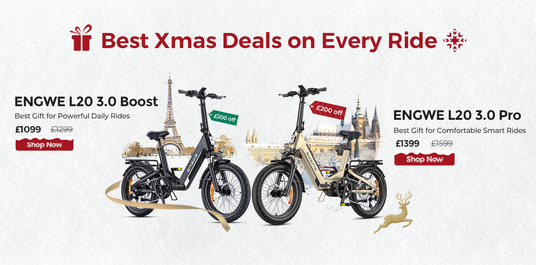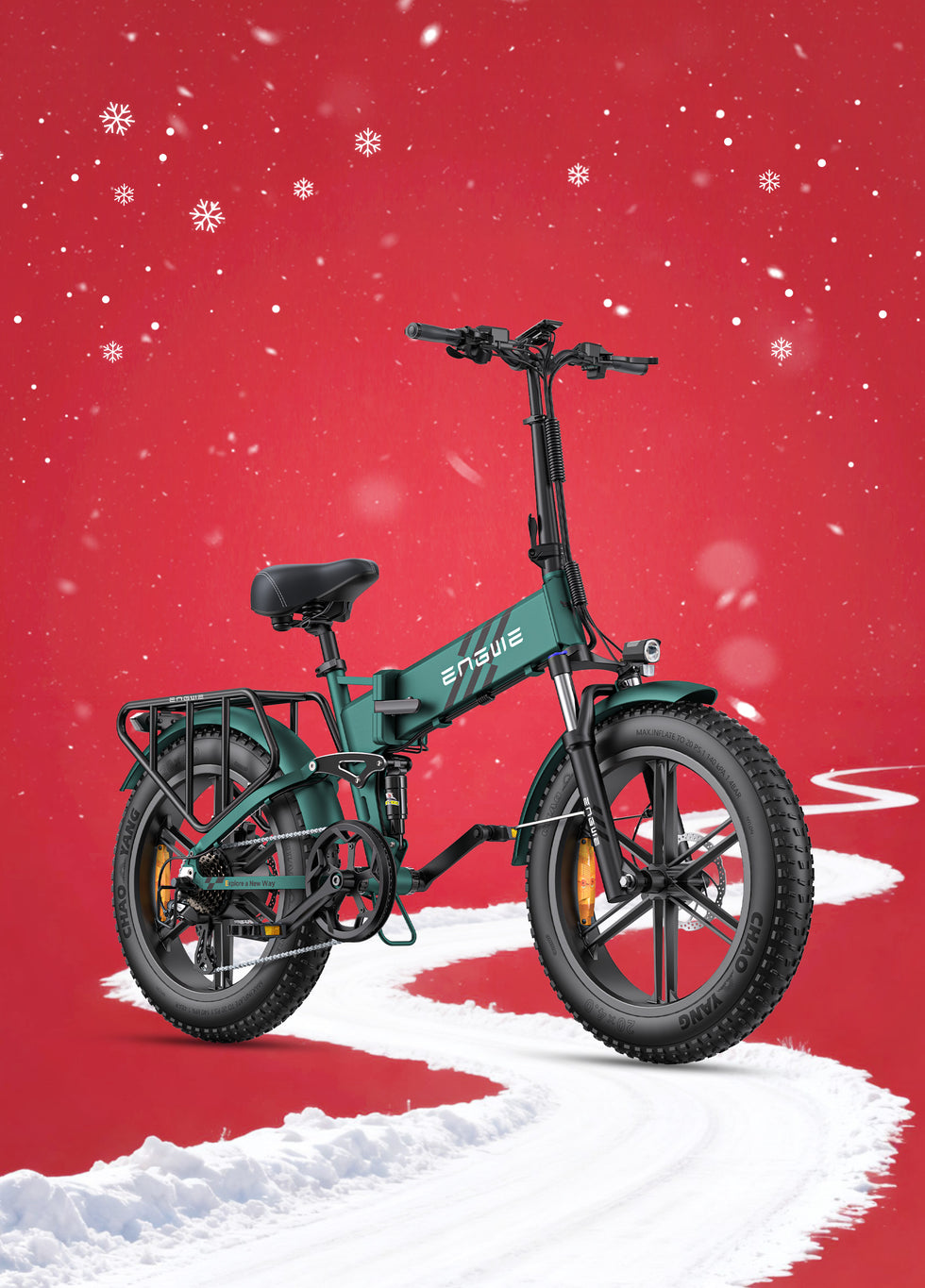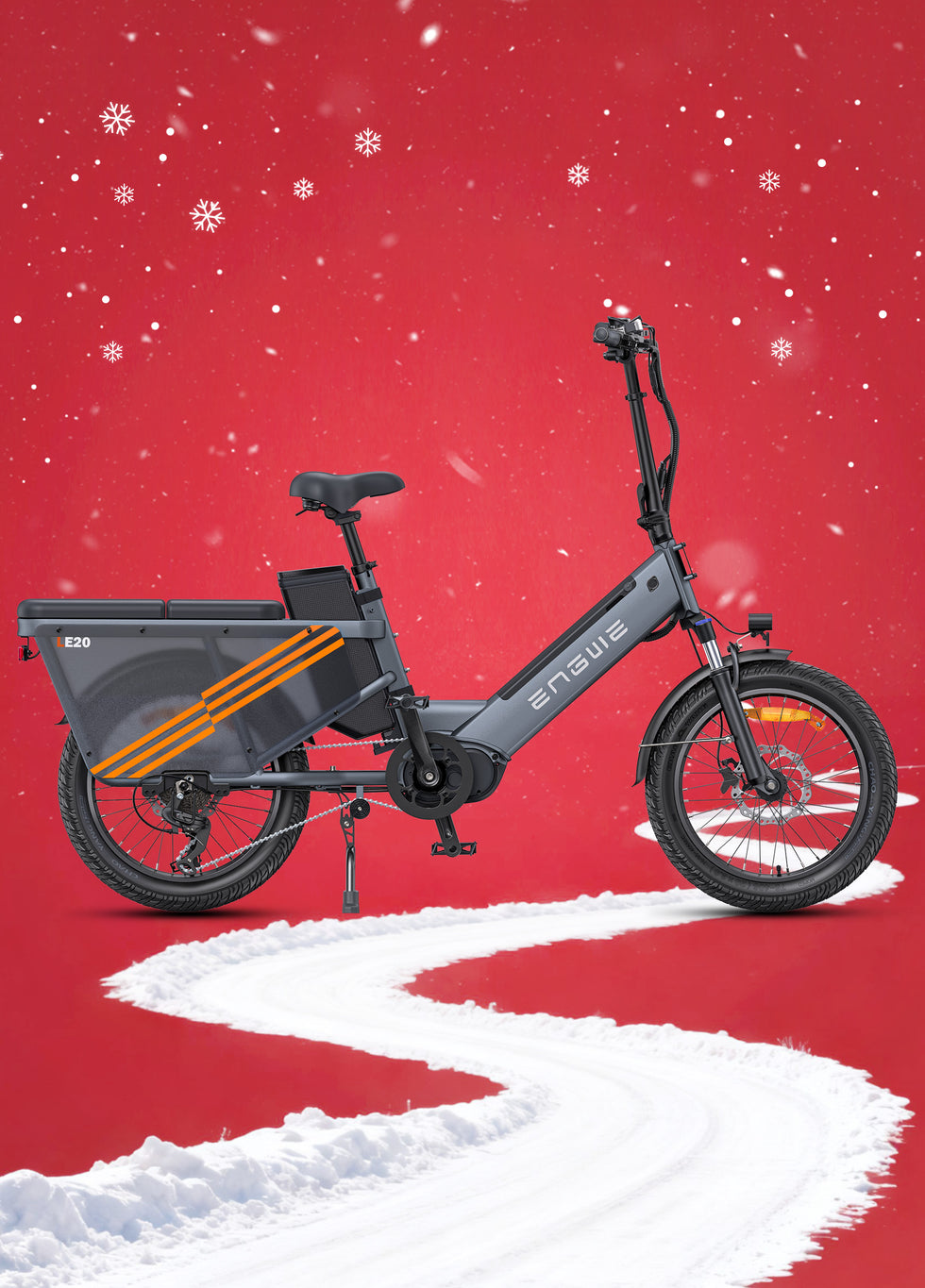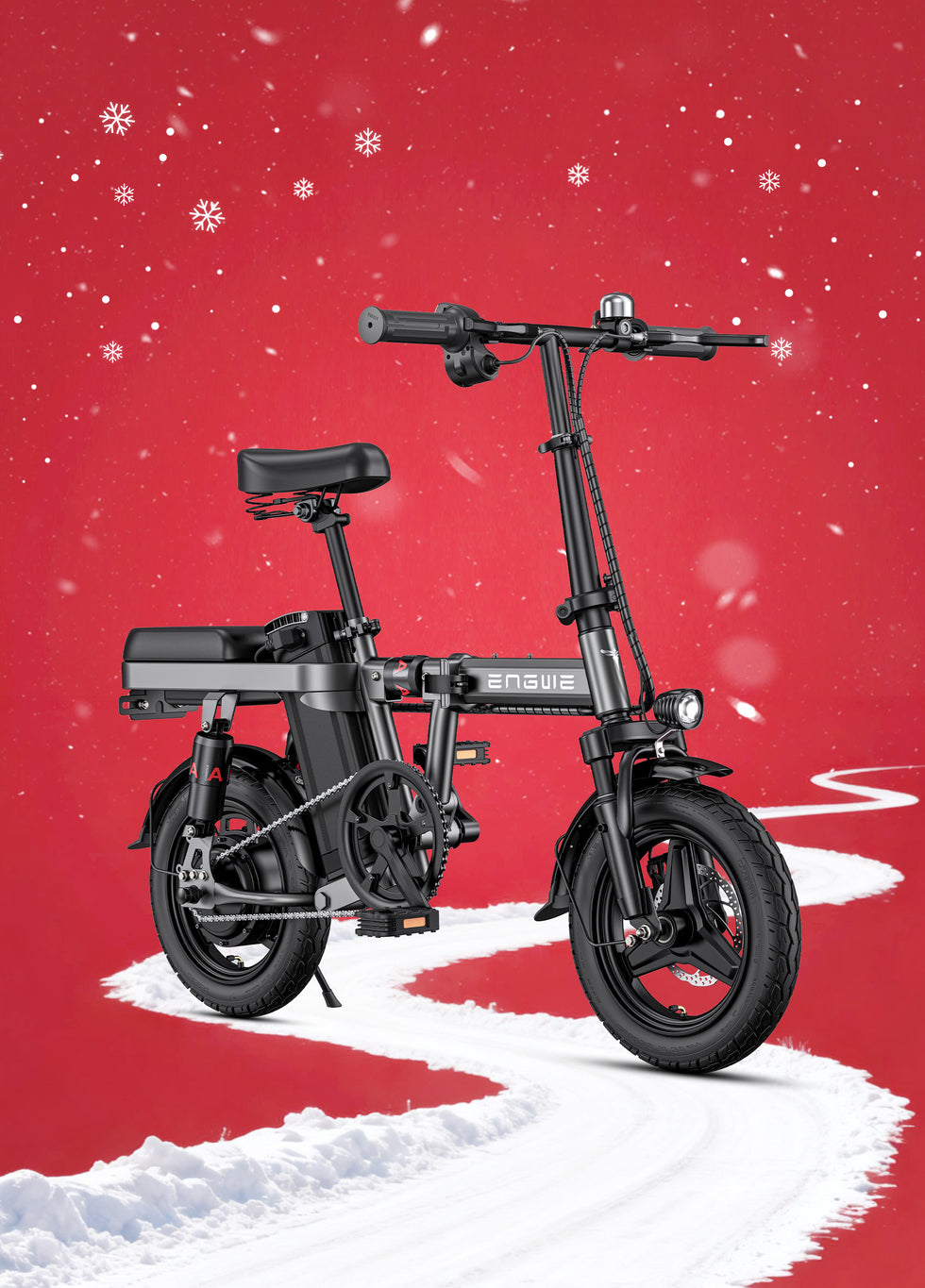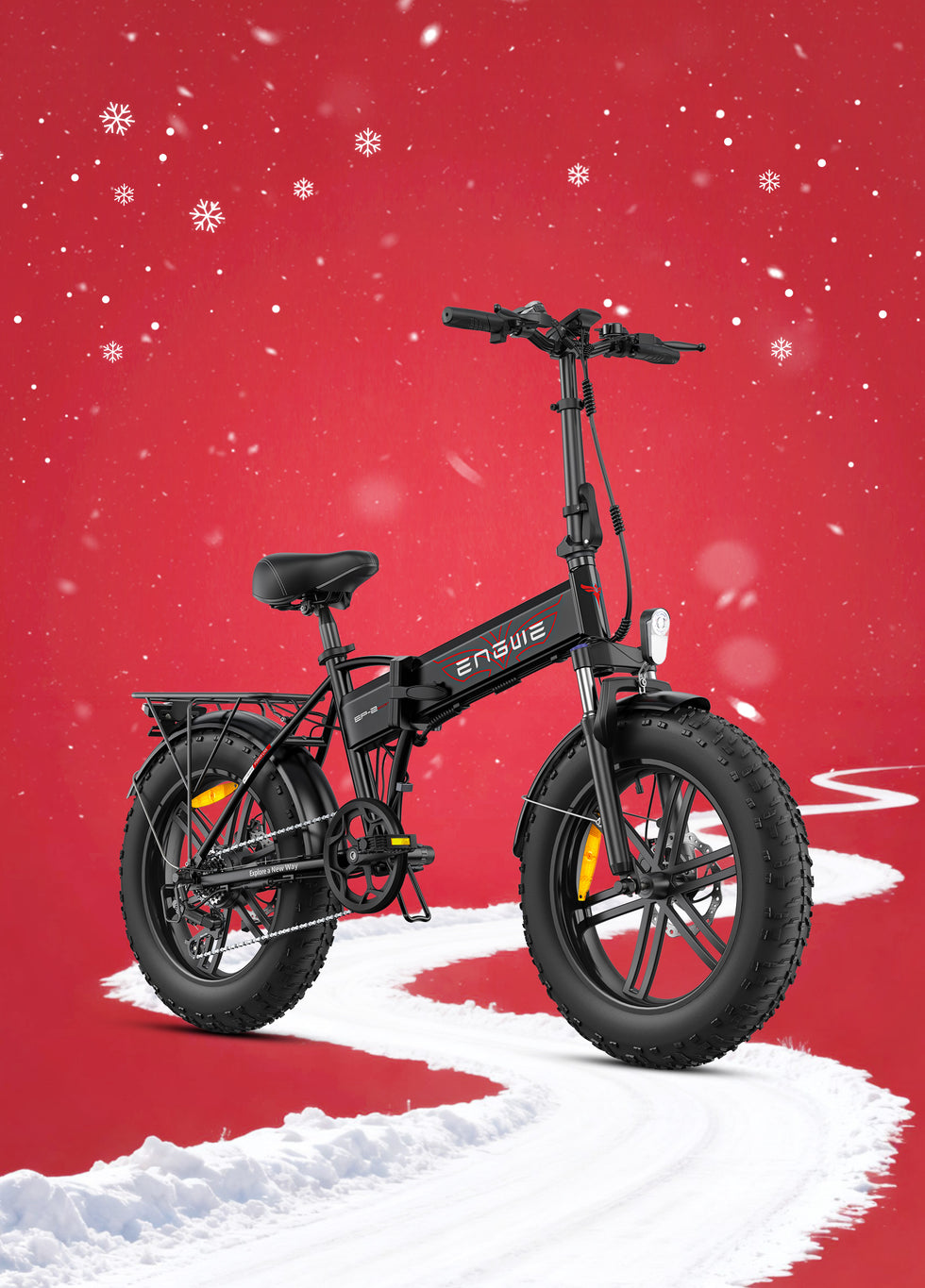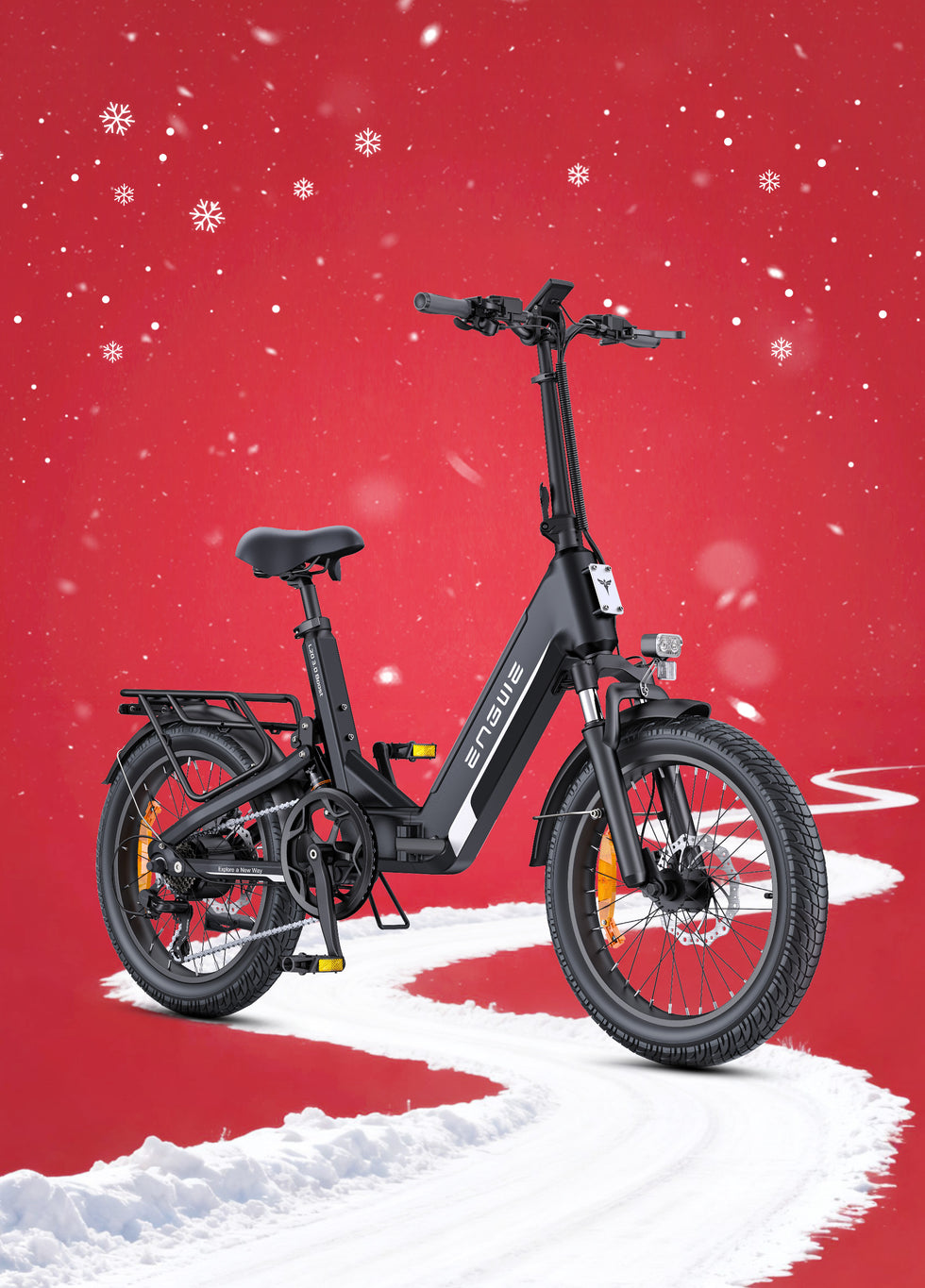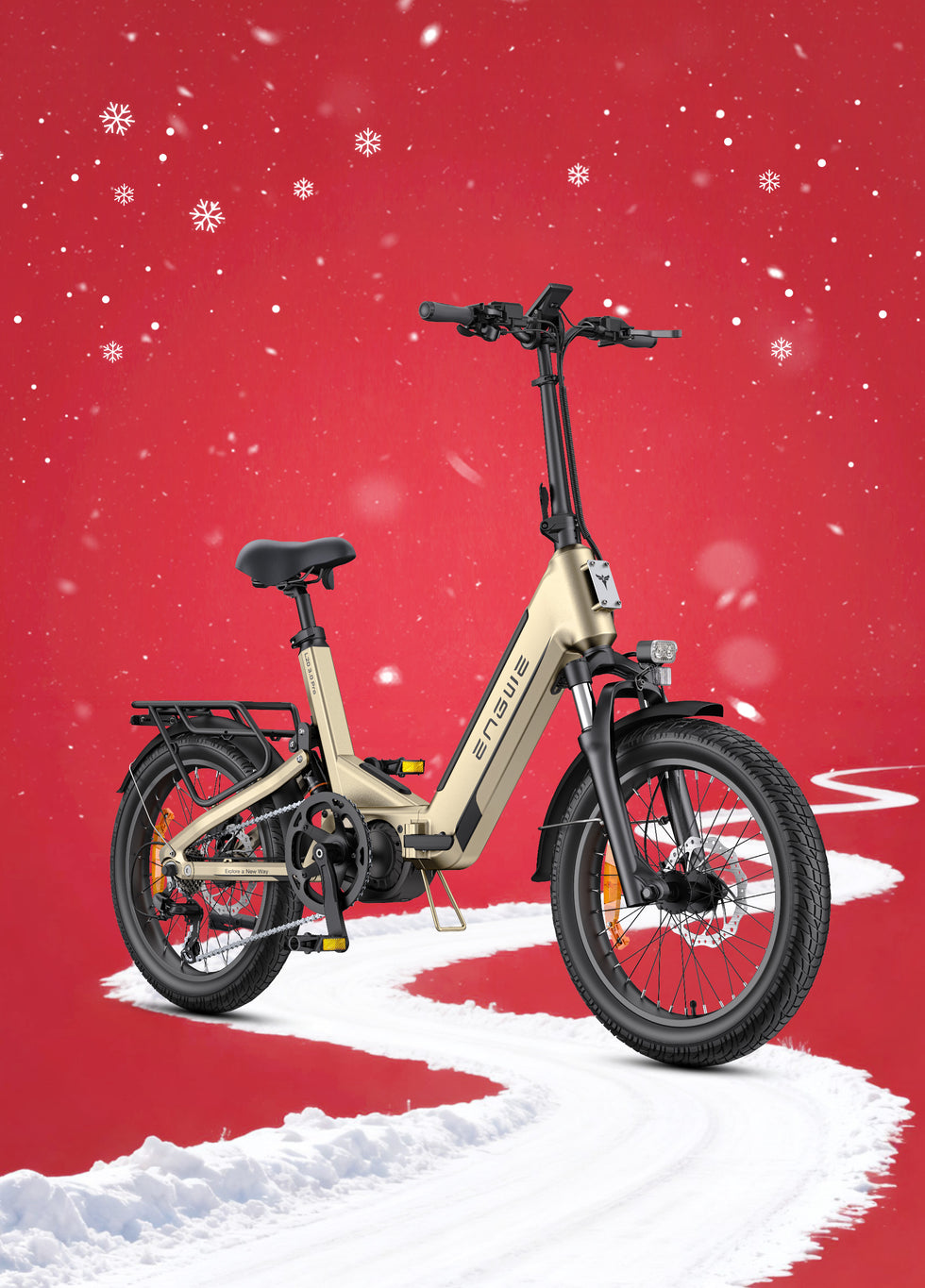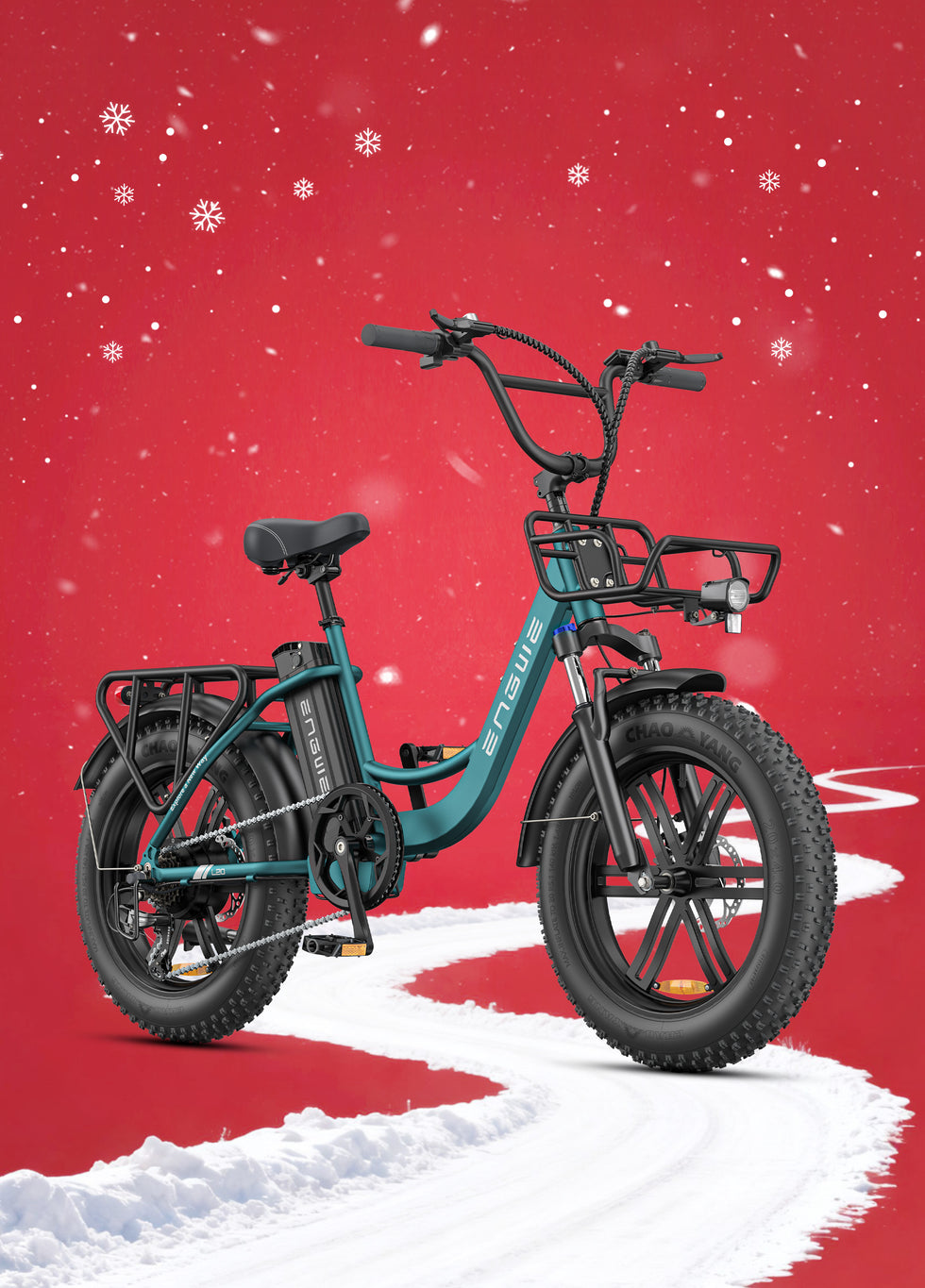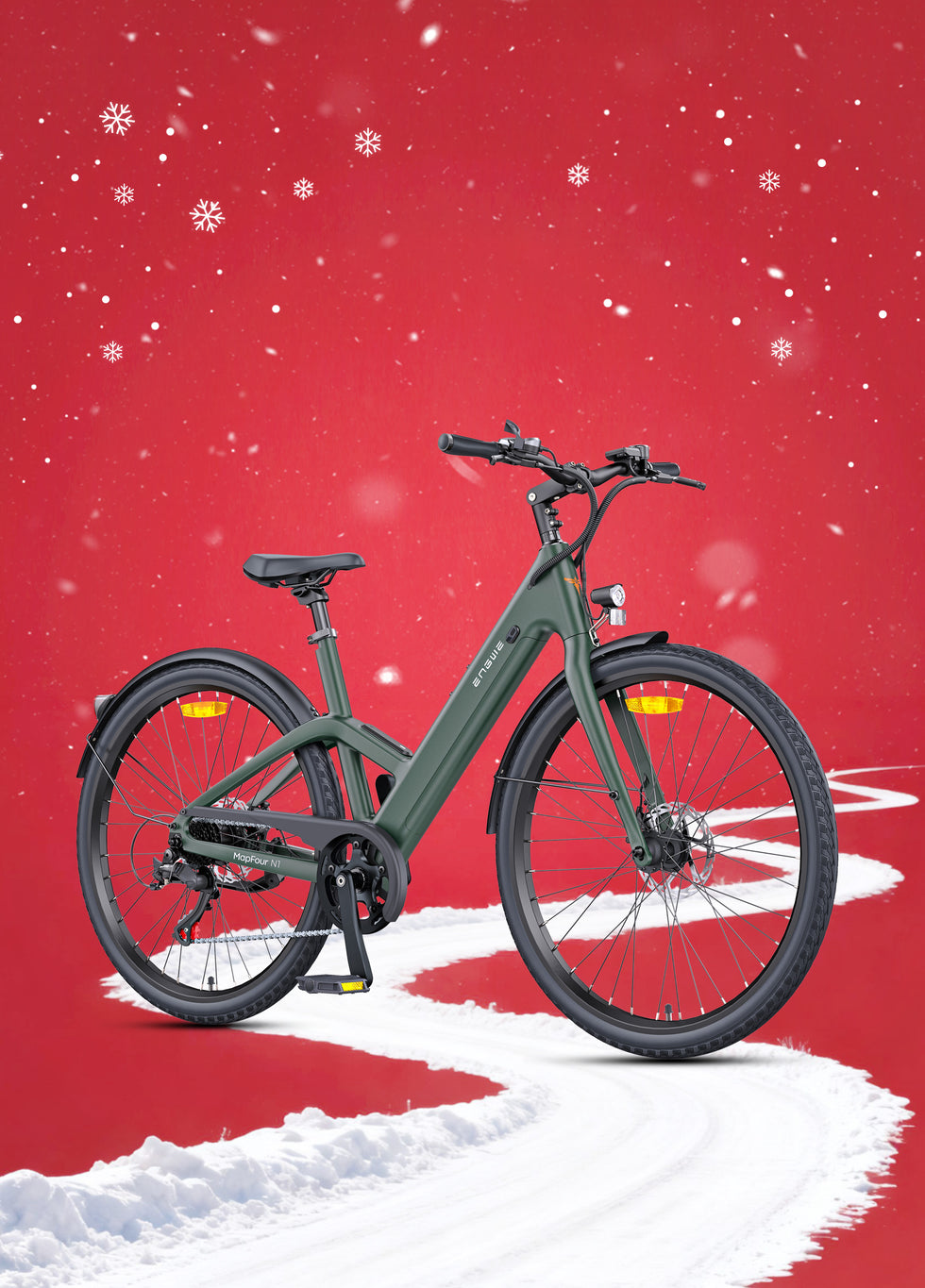On the first push of the pedal — provided that the battery-operated bike you are riding is functional, and charged — something magical occurs. It’s not the lurch of a motorcycle, but rather a steady, intelligent charge that feels like having a permanent tailwind, a friendly assist on your shoulder. That hill you used to hate, the one that made you pant and second-guess your choice of commute? All of a sudden, it’s not a roadblock, but just another part of the journey. This is the essence of the modern electric bike, a machine that does not ride for you as much as it rides with you, augmenting your own effort and redefining what you thought possible on two wheels. For adult skaters wondering about making the switch, the questions are seemingly endless, but the responses lay out a whole new world of freedom, fitness and fun.
The Practicalities: Why You May Want an Electric Bike
But before we get to the nitty-gritty, it’s important to comprehend the real-world perks that are persuading millions of individuals to make the transition. This isn’t just a new gadget; it’s a fix for a number of common problems.
First, the commute is revolutionised. Coming into the office all sweaty and red will be a thing of the past. The electric assist means you can pedal at a consistent clip without breaking a sweat, which means you can do it in your work clothes and arrive looking fresh. It also makes longer commutes (such as a 45-minute car journey spent sat in traffic) possible, and converts a 45-minute car journey in traffic to a reliable 30-minute cycle.
Second is accessibility. A conventional bicycle can be intimidating to those with lingering knee injuries, imperfect fitness or just those who happen to live in a very hilly place. An e-bike levels the playing field. It levels hills and lowers the impact on your joints, so that many more people can enjoy our sport, and enjoy it for longer.
Finally, it’s simply more enjoyable. You will find yourself wandering farther, taking the longer way home, and saying yes to bike rides you would have said no to before. It takes away the ‘effort barrier' and brings the fun back towards moving and exploring. You are still pedalling, you are still getting an excellent workout, but the scary bits of the journey are ironed out.
Finding Your Perfect Match: A Guide to the Different Types
All electric bikes are not the same. They are typically organized around what kind of pavement the bikes are designed for, and this information is the first step to finding the right bike for you.
Urban or Commuter E-Bikes:
Made for the city. They are usually comfortable to ride with an upright riding position, and are fitted with useful accessories such as mudguards, luggage racks and lights. Their tyres are typically slicker, for smooth rolling on pavement.
All-Terrain E-Bikes:
These bikes frequently have wider, knobbly tyres and some have front suspension so are ready for more than just tarmac. They're great for weekend rides along canal towpaths, through the woods and on gravel tracks and deliver a sturdy, smooth and comfortable ride on bumpy terrain. Fat tyre ones are a special sub-category here; they offer you a great amount of grip and comfort on all sorts of terrain, even sand or a little snow.
Folding E-Bikes:
If you don't have much storage, or part of your commute involves using a train, a folding electric bike is a game-changer. The bikes have the smart design of a compact frame when closed, so you can carry its 38 lbs of weight under your desk or in the trunk of your car. It offers throttle and electric assistance with fast folding support.
The ENGWE EP-2 Boost: A Positively Discrepant Choice For Discerning Riders
For anyone on the lookout for a bike that combines these categories for true universal use, the ENGWE EP-2 Boost is the real deal. This is not just a bike, but an engineered solution for the modern rider. With its sturdy 20 x 4.0 fat tyres – on one-piece wheels to keep the weight you’ll really feel on hills and trails at a minimum – it is both a solid city commuter and a fun toy on the weekends. In the torque sensor, though, is where the true smarts are, allowing for an unthinkably smooth and snappy ride as it judges your pedalling strength and puts out power that feels natural and intuitive. For those tough hills, a quick press of the Boost button immediately delivers max power from the EU-legal 250W motor (55Nm) and eases out your climbing pain. Never worry about your battery running out again with its up to 120 km range on a single charge, yet a removable 48V13Ah battery for safe keeping and convenient charging. Practical touches include a robust rear rack, mudguards and powerful 180mm front and rear hydraulic disc brakes for great stopping power in all conditions. The ENGWE EP-2 Boost proves that H Design thought through everything when he built this all-terrain monster, with the ability to handle the city streets just as well as the gravel path, and it folds up for ultimate portability.

| Specification | Details |
|---|---|
| Tyres | 20 x 4.0" Fat Tyres |
| Motor | 250W (55Nm Torque) with Boost Button |
| Battery | 48V 13Ah Removable |
| Range | Up to 120 km |
| Brakes | 180mm Hydraulic Disc Brakes (Front & Rear) |
| Sensor | Torque Sensor |
| Features | Folding Frame, Rear Rack, Mudguards |

Important Considerations to Review Before Purchase
While you start to compare models, you’ll encounter no shortage of technical specs. Here are the key ones to know.
Motor and Sensor:
Like most of the UK and EU legal bikes out there, this one too comes with a 250W motor. But the biggest difference is the sensor. On cheaper bikes, this system provides a pedal-assist feature, in which a cadence sensor switches on the motor the moment you start pedalling. Further up the scale, as we’ve touched on, more sophisticated bikes benefit from a torque sensor, which is monitoring how hard you’re pedalling and giving an amount of assistance that corresponds to that effort. This provides for a far smoother, controlled and intuitive ride.
Battery and Range:
The capacity of the battery is given in Wh (Watt-hours) or Ah (Amp-hours) and V (Volts). A larger value typically implies a longer range. Manufacturers cite the range their bikes have, but this is almost always under ideal conditions (flat land with the assistance in the lowest setting and a light rider). A removable battery is not only a convenient feature to charge up inside, but it ensures that your battery is never stolen or subject to extreme temperatures.
Brakes:
You can’t skimp on brakes if you’re driving a heavier, faster electric bike. The disc brakes – both mechanical and hydraulic – provide greater stopping power and better performance in wet weather than traditional rim brakes. Aim for bigger disc rotors, say 180mm, for an even better stopping performance.
Frame and Tyres:
Think about what the frame is made out of (lots of bikes have an aluminium frame, which is a nice combination of strong and not too heavy) and if you like the folding style. Tyre choice is also crucial. Thinner tyres are faster on road whereas a fatter, “fat” tyre will give you more comfort and grip on a wider array of surfaces.
Gears and display:
A decent spread of gears, such as a Shimano 7-speed setup, is still necessary to deal with varying gradients in an efficient manner, especially if you’re looking to conserve battery. The cockpit will beautifully indicate your speed, battery level and assistance mode.
Living With Your Electric Bike: Constants of a New Reality
Having a battery powered bike is easy and here are a few things you might want to think about.
Recharging:
From empty, most batteries recharge in 4-7 hours. As a rule of thumb, securing a battery to ensure it’s not sitting around completely drained and storing it in a cool, dry location when it’s not in use is best practice.
Security:
E-bikes are an attractive theft target. Invest in a decent D-Lock or heavy chain. The fact the battery can be removed changes a thief's mind. With the battery removed, the bike is worth next to nothing.
Maintenance:
Generally, an electric bike needs the same kind of maintenance as a traditional bicycle – keep the tyres pumped up, the chain oiled and the brakes checked. The electrical components are typically sealed and low maintenance, though it’s a good idea to keep a check on connections and have it professionally serviced annually.
UK legality:
For a bike (or EAPC – Electrically Assisted Pedal Cycle) to be road-legal without having to tax and register it, the motor must have a maximum continuous power output no greater than 250 watts, and the assistance must cut out when you get to 25km/h (15.5mph). The motor’s only job is to help you out when you pedal.

Frequently Asked Questions
1. Is it okay to take a battery-powered bicycle in the rain?
Yes, you can. The average electric bike is designed to be water-resistant and can take a bit of rain exposure. The motor and battery are encased for protection. Nonetheless, these are not entirely waterproof, so you’ll need to avoid large puddles and certainly don’t consider using a pressure washer to clean the bike. After a wet ride, it’s always a good idea to give your bike a wipe down with a dry cloth to avoid any future corrosion.
2. Is using an electric bike cheating or will I still get exercise?
This is a common misconception. It certainly is not cheating; it is helping. You’ve got to keep pedalling for the motor to kick in, and you can adjust the level of help you get. Research has demonstrated that e-bike riders frequently get more total exercise than traditional cyclists, simply because they ride more often and for longer distances. You get your heart rate up without going anaerobic on every hill you encounter, so it's an awesomely effective and sustainable form of cardiovascular exercise.
3. Are electric bikes very heavy and difficult to manage?
They’re certainly heavier than traditional cycles, weighing on average 20-30 kg due to their motors and batteries. You will notice this weight when you have to carry the bike up stairs. But when you’re on the bike, the power assist cancels out all that extra weight and they feel solid and easy to control. A low centre of gravity and characteristics such as a ‘walk mode’ on some models can also aid manoeuvrability when off the bike.
4. What’s the average maintenance and cost?
The maintenance schedule is pretty much akin to that on a regular bike. There are some fundamental checks you should make on the bike yourself every week: Tyre pressure, brake function, and chain lubricating. We suggest a professional service every 6-12 months, depending upon amount of use. This service will include most stock bike parts along with an inspection of the electronic system. Barring battery replacement (which doesn’t usually occur until after three to five years or a few hundred charge cycles), ongoing costs are not much pricier than we would expect for a nice, regular bike.
5. Do I need a driving licence, insurance or a helmet to ride one in the UK?
If your e-bike conforms to EAPC regulations, features a 250W motor with an assisted speed max of 15.5 mph (25 km/h) and the motor only operates when you pedal, you won’t need a license, vehicle tax or insurance. You can ride it wherever regular bicycles are permitted. You aren’t required by law to wear a helmet as an adult, but for safety, we recommend it!
Go with the flow and rekindle your passion for cycling with a kick of electric power.
